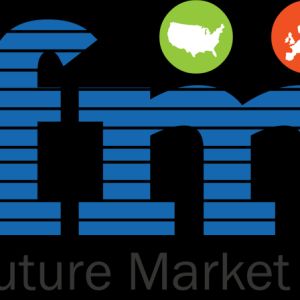Plant Extracts Market by Product Type, Form, End-use Industry and by Geography -Posted by Pareesh on June 12th, 2018 The global plant extracts market was valued at US$ 37,771.8 million in 2016 and is expected to reach US$ 63,304.8 million by 2025, witnessing a CAGR of 6.15% over the forecast period (2017 - 2025), according to Plant Extracts Market Report, by Product Type (Spices, Essential Oils, Phytochemicals, Phytomedicines, and Others), by Form (Dry and Liquid), by End-use Industry (Pharmaceuticals, Food and Beverages, Personal Care, and Others) published by Coherent Market Insights. The plant extracts market is witnessing a high demand in the pharmaceutical industry, as an alternative for synthetic products. According to National Center for Biotechnology Information (NCBI), around 8% of hospital admissions in the U.S. are due to adverse or side-effects of synthetic drugs which causes general deterioration in the quality of life and triggering psychotic episodes of hallucinations, aggression, paranoia. Around 100,000 people die due to these toxicities each year, the number for which is at least three times higher than deaths caused by drunken driving. Thus, herbal therapy is a holistic therapy, integrating emotional, mental, and spiritual levels. The adoption of herbal medicine is increasing every year, as they provide lesser side effects and are free from toxic chemicals that are used in synthetic medicines. Request a sample copy of this report: https://www.coherentmarketinsights.com/insight/request-sample/1450 Browse 350 pages, 150 market data tables* and 90 figures* on "Plant Extracts” - Global forecast to 2025. Key Takeaways of the Market: According to Coherent Market Insights’ analysis, Europe held the largest market share, both in terms of value and volume in the global plant extracts market in 2016. The market in Europe is driven by the growing demand for natural ingredients in the rapidly growing food and beverages industry. However, various regulation imposed by the European Union banned the use of some plant extracts hamper growth of the market. For instance, in August 2017, European Union introduced Regulation (EU) banned the use of three fragrance allergens, 3 and 4-(4-hydroxy-4-methylpentyl) cyclohex-3-ene-1-carbaldehyde HICC, Chloroatranol, and Atranol. Atranol and Chloroatranol are natural compounds from oak tree moss and tree moss extracts and are known to have caused maximum number of contact allergies.
Like it? Share it!More by this author |


